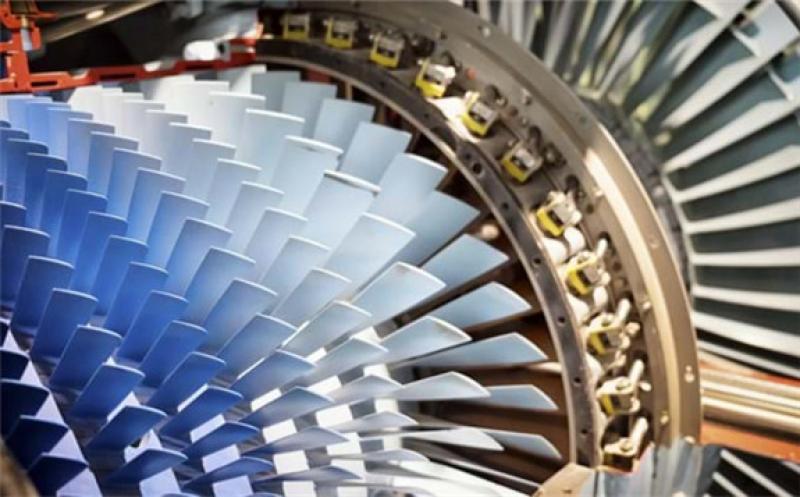The International Organization for Standardization (ISO) has published a new standard “ISO 21905:2020 Gas turbine exhaust systems with or without waste heat recovery,” based on the work carried out by the ETN Exhaust Systems Working Group.

ETN’s Working Group dates back to 2009 when the project was initiated by the ETN user community who experienced problems with their exhaust systems. The objective was to bring together operators facing similar problems, as well as exhaust system designers and external expertise and support, who could address the problems by developing a common standard for the design, construction and operation of gas turbine exhaust systems. In the first phase of the project, the group with Equinor, Total and Shell in the leadership carried out a gap analysis, uploaded an index to facilitate the creation of the standard, and collected valuable material. Shell and Equinor kindly provided copies of their internal standards covering exhaust system equipment for index and content guidance.
During various meetings the group decided to focus its activities on the creation of an exhaust systems standard incorporating Waste Heat Recovery Units (WHRU) equipment, to be followed by a later version based on Heat Recovery Steam Generators (HRSG).
An ETN standard was produced in 2015, and as a next step in February 2016 the Technical Committee ISO/TC 192 Gas turbines initiated a new work item aiming at drafting an ISO standard on the WHRU. In October 2019 the final draft of the “ISO 21905 – Gas turbine applications – Requirements for exhaust and heat recovery unit” was submitted for formal approval to the ISO/TC 192 WG 16. The ISO standard was published in March 2020. Work has yet to start on the HRSG based version of the standard.
Several ETN member companies participated actively in the Working Group, attending meetings in the offices of ETN and group members around Europe, and drafting individual allocated sections of the standard for a group review. Once the standard was considered to be substantially complete, the draft was circulated to all ETN members for a wider review and comments. Inputs from that exercise were then considered by the group and incorporated where appropriate.